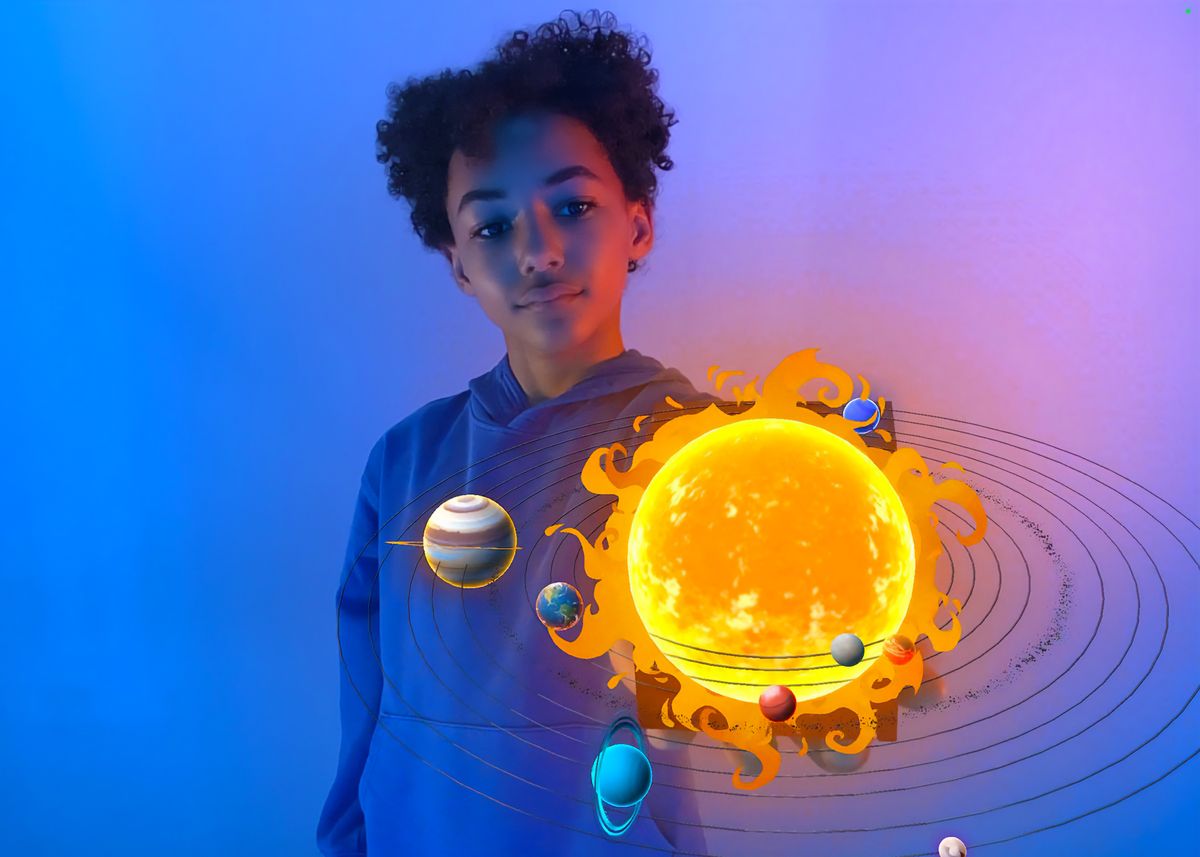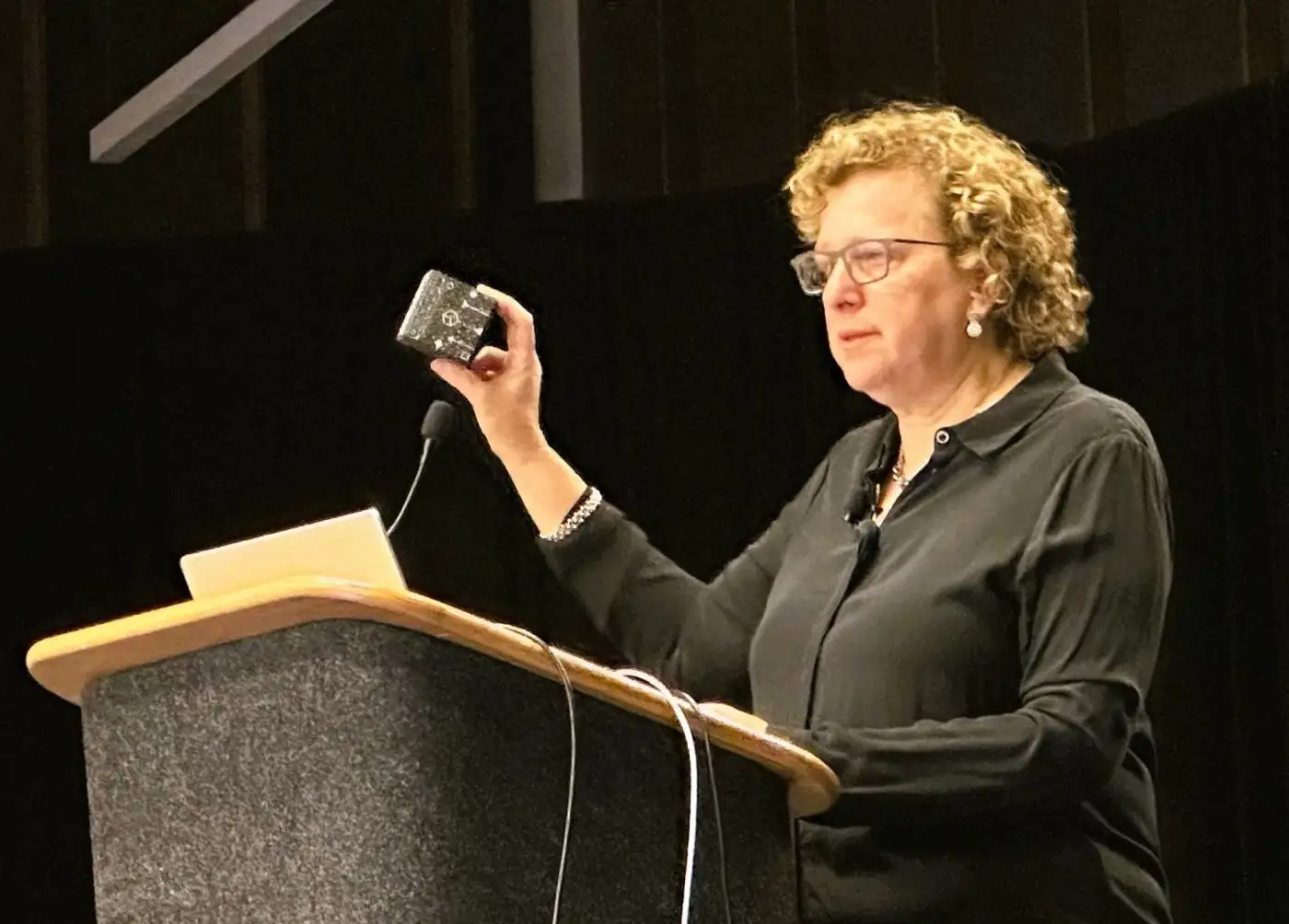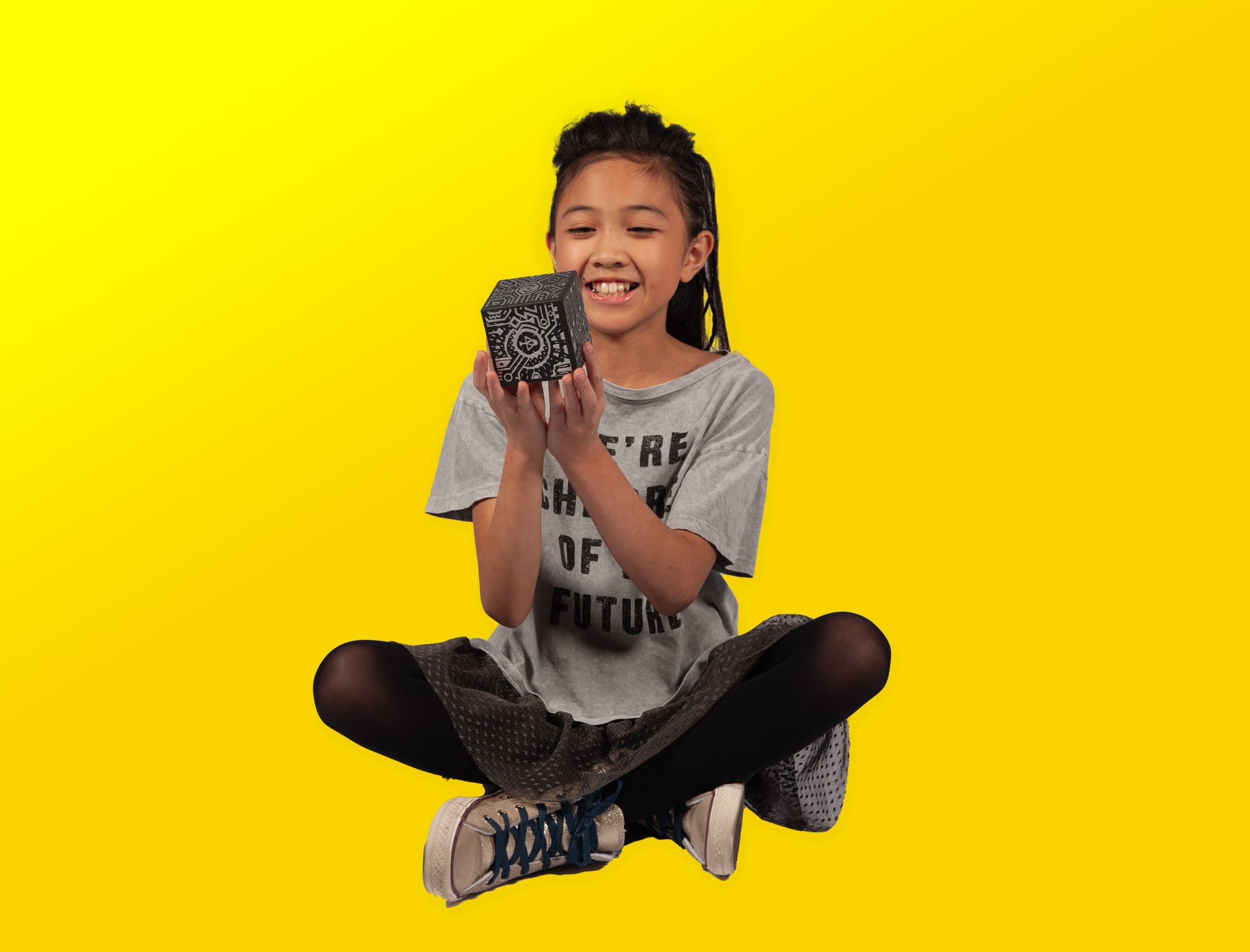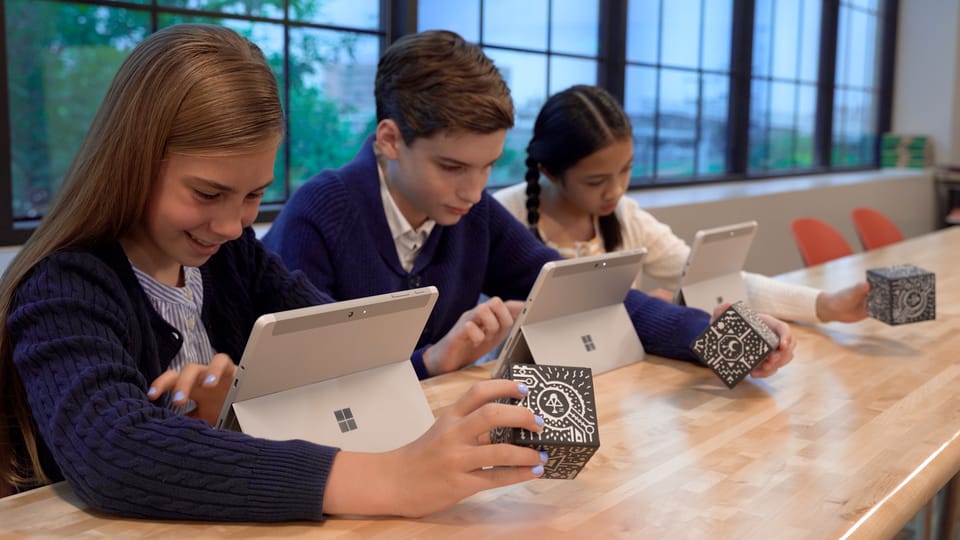Exploring the Cosmos with the Merge Cube
Merge EDU is a powerful tool for enhancing space science education by providing a more engaging and interactive way for students to learn about complex concepts.

Space science is a captivating and endlessly fascinating subject that provides us with insights into the mysteries of the universe and our place within it. From the planets and moons of our solar system to the stars and galaxies beyond, there is much to discover and learn in the field of space science. However, traditional teaching methods, such as lectures and reading assignments, can sometimes be dry and unengaging, making it difficult for students to retain and understand complex concepts. This is where using Merge EDU can come in.
I love @MergeVR @mergeedu ! Even the free version offers amazing resources. Students were able to see rotation, revolution, and so much more! Look at the details! @Lockhart_JH #merge pic.twitter.com/RQsFFnedty
— Avri DiPietro (@SciwithPie) March 24, 2023
How can the Merge Cube be used to Teach Space Science?
The Merge Cube allows students to hold and interact with virtual objects and simulations, and Merge EDU provides content across science and STEM curriculum. Together, the Merge Cube and Merge EDU can provide students with powerful tools for learning about space science by allowing them to:
Visualize Celestial Objects
The Merge Cube can be used to visualize celestial objects, such as planets, moons, and asteroids, in 3D. This can help students to better understand the characteristics and features of these objects and how they relate to each other in space.
Explore the Solar System
The Merge Cube can be used to explore the solar system, allowing students to learn about the different planets, their properties, and their place in the solar system. This can help students to understand the scale and diversity of the solar system.
Hold the Push and Pull of Gravity
All things that have either mass or energy are drawn to each other by the force of gravity. Using Merge Explorer and a Merge Cube you students can explore how gravity holds together objects in outer space.
Revolution and Rotation
The Earth spins on its own axis, the Moon rotates around us, and we rotate around the Sun. It's a complex system that is responsible for everything from tides, to seasons, to life itself! We often hear from our community that being able to hold and physically see this in action really helps their students understand the relationship between them. Check it out on your Merge Cube here.
See how Tanya Diaz teaches Seasons and Phases of the Moon with Merge EDU
Advanced Space Research

Meet Alyssa Goodman, Harvard astronomer who uses the Merge Cube to visualize complex data about our universe using augmented reality. Goodman is part of a team working on an open-source data visualization package called “glue.” Glue is being optimized for analysis of JWST data, and the team expects to make the Python-based package easier to use by incorporating it into a widely used interactive computing platform known as Jupyter (resulting in a hybrid nicknamed “glupyter”). Such tools could be used not only for visualizing astronomical data, but also for analyzing geospatial data, brain scans or genetic code. Goodman demonstrated how a 3-D data visualization could be held in the palm of your hand, using a Merge Cube.
I seem to have the Crab Nebula on my living room floor… (and thank you for all your help in getting it there, @mergeedu).
— Michael Merrifield (@AstroMikeMerri) February 11, 2023
I have a cunning plan… pic.twitter.com/bRsYEISTm1
By allowing students to visualize, manipulate, and interact with virtual content in a natural and intuitive way, the Merge Cube can help to make learning fun and more memorable, leading to improved retention and understanding of the material. Whether used in the classroom or at home, the Merge Cube has the potential to revolutionize the way we teach and learn about space science.




